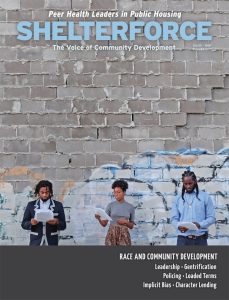
It affects everything in American society.
It’s also at the core of community development work. Community development organizations rebuild from the devastation created by redlining, urban renewal, or segregation. They work to close racial disparities in homeownership rates, access to opportunity and fair housing, and health outcomes. They fight housing and land use policies that have racially disparate outcomes. They seek to empower those whose voice has been left out of decisions about what happens in their communities.
Working, directly or indirectly, to fight racial injustice is a large part of what the field does. And yet, that doesn’t get us off the hook. We need to examine our organizations to determine whether we are falling short of advancing racial equity and inclusion. We are all products of our society, with the attendant biases, privileges, and bubbles that come along with that, and it would be foolish to believe this never affects our work.
It can show up in the way we stick with hiring practices and credentials that negatively affect how well community development groups are representative of and accessible to the people who live in the places they serve. It can show up in racially loaded language like “inner city” or “urban pathology.” It can show up in uncritical adoption of measures with historic disparities built into them, like credit scores (see also “Challenging the Almighty Credit Score“). It can show up in assumptions like “homeowners are better neighbors/citizens” or “people who don’t have a bank account just need financial education to know why it’s important” or “having wealthier neighbors will automatically improve the lives of public housing residents” or “but this area needs a little gentrification.”
It can show up in questions about whether and how we should work with the police. In our roundtable on page 30, several practitioners discuss the various ways they balance pressure to create safety with awareness of the bias and violence of the institution of American policing. Although they fall on the side of partnering in some circumstances, with attention to accountability, this may not always be well received. “Well-meaning housing initiatives and developers can alienate and deter Black tenants by partnering with law enforcement to create so-called ‘neighborhood watch’ communities,” wrote Didi Delgado of Black Lives Matter Cambridge for Shelterforce on July 26. “To many Black residents, advertising a relationship between the housing developer and the police is a clear indicator that Black residents are not welcome there. While police presence can provide a false sense of comfort for white folks, it often has the opposite effect on people of color, who have a much more contentious relationship with law enforcement.”
If there’s anything more American than racial injustice, it’s discomfort talking about it. These are not easy conversations for anyone, whether people of color having to explain painful realities yet again or white people who have poured their heart and soul into this work with justice and equity as a goal. We have been challenging ourselves at Shelterforce as well in the course of putting together this issue. Although we have long had an active commitment to diversifying our contributors and staff, we recognize that we still have a long way to go, for example, in expanding our networks of people we turn to for informal feedback, ideas, and connections.
So take heart—while this issue is full of challenges, it is also full of recommendations and strategies to pursue. As Seema Agnani, director of National CAPACD, told me when we spoke for my article on diversifying CDC leadership, “It’s not too late. We have the opportunity to make some adjustments and get back to where we started. The role of CDCs couldn’t be more important. Our impact is pretty powerful.”
As I often tell my children when they complain that something is hard, “Luckily, you can do hard things.” Community development organizations have pulled off so many things no one would have believed possible. We can do hard things. We can do what it takes to promote true equity in our organizations and our work, but only if we’re willing to do a fierce and fearless assessment of ourselves.
Shelterforce will be with you on this journey—if you want to tell us about what your organization is doing well, or a specific way you think the field could be doing better on racial justice, please let us know at [email protected].

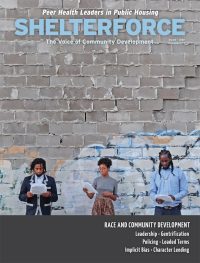

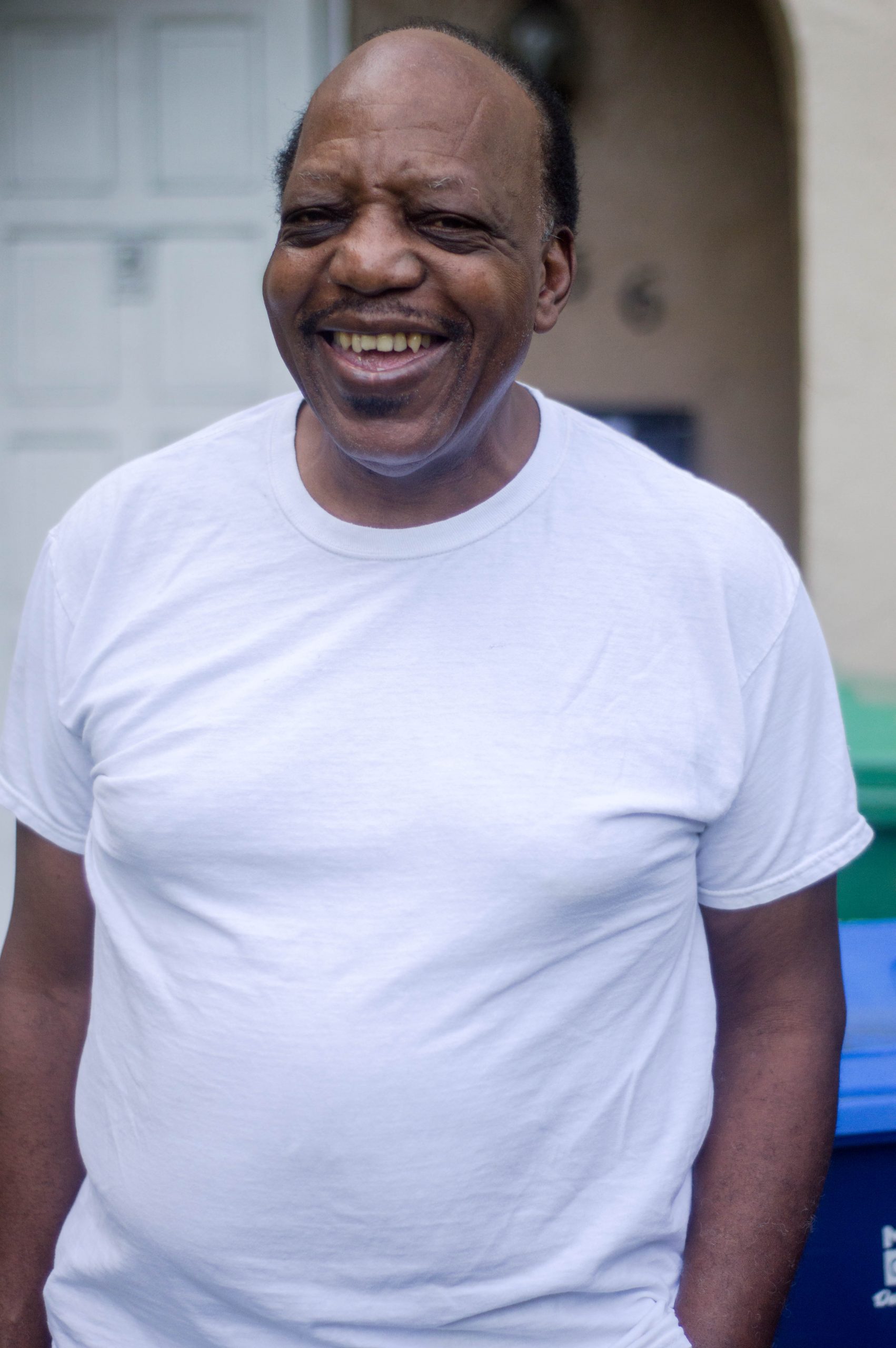
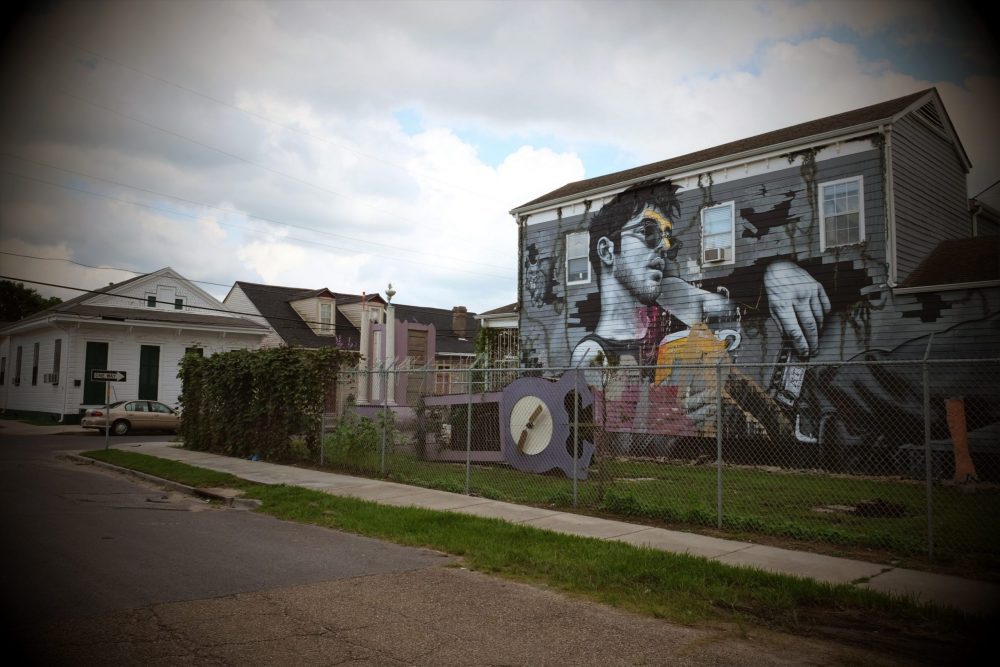
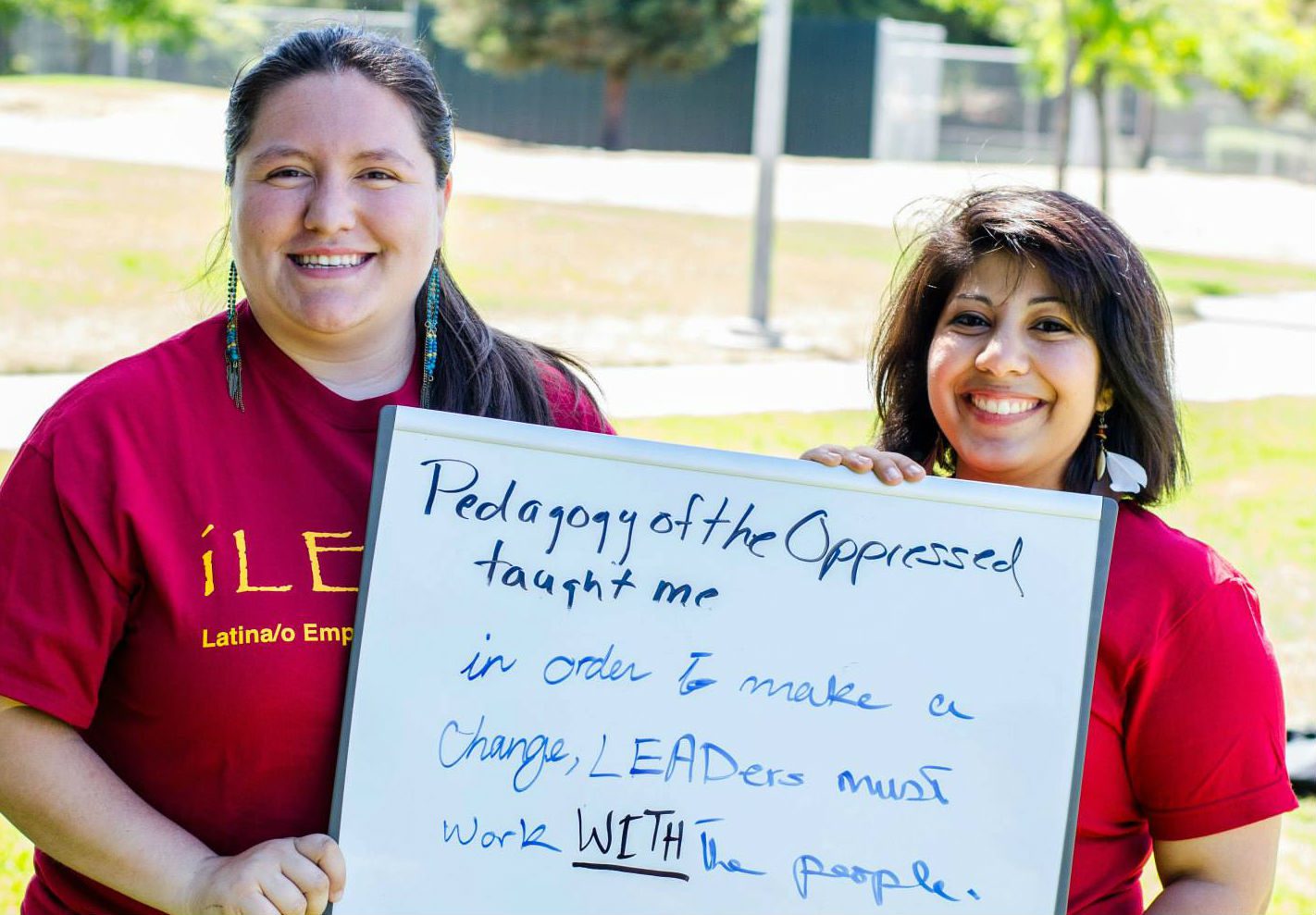
Well put, timely and another step in making Shelterforce more relevant.